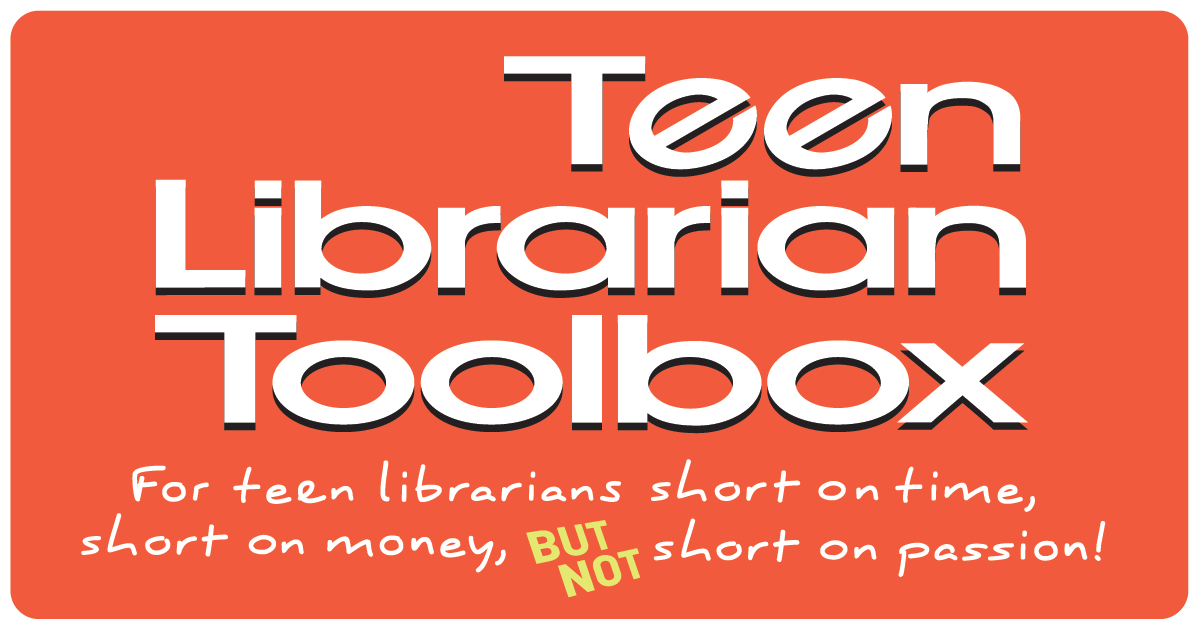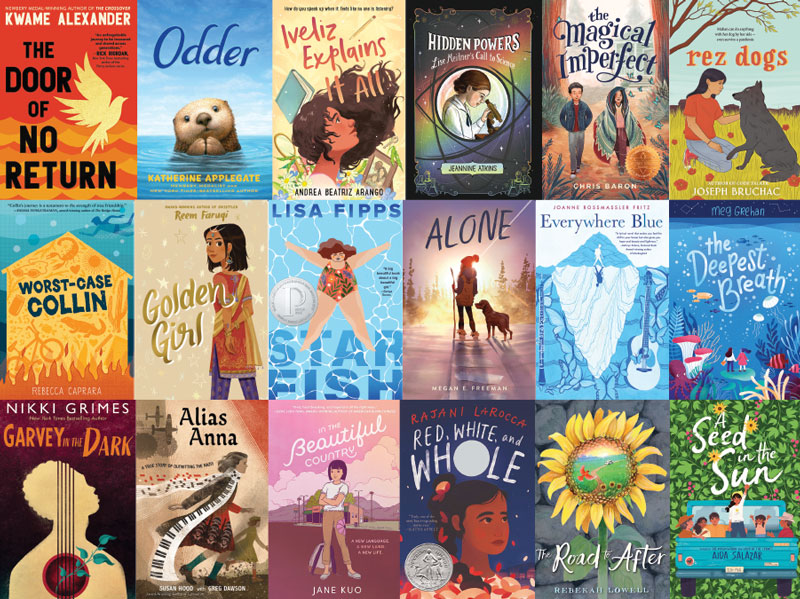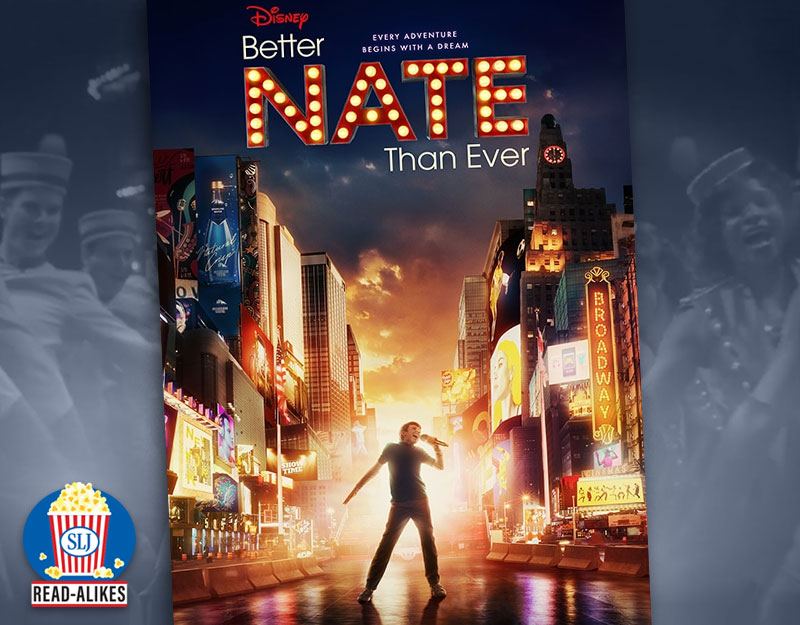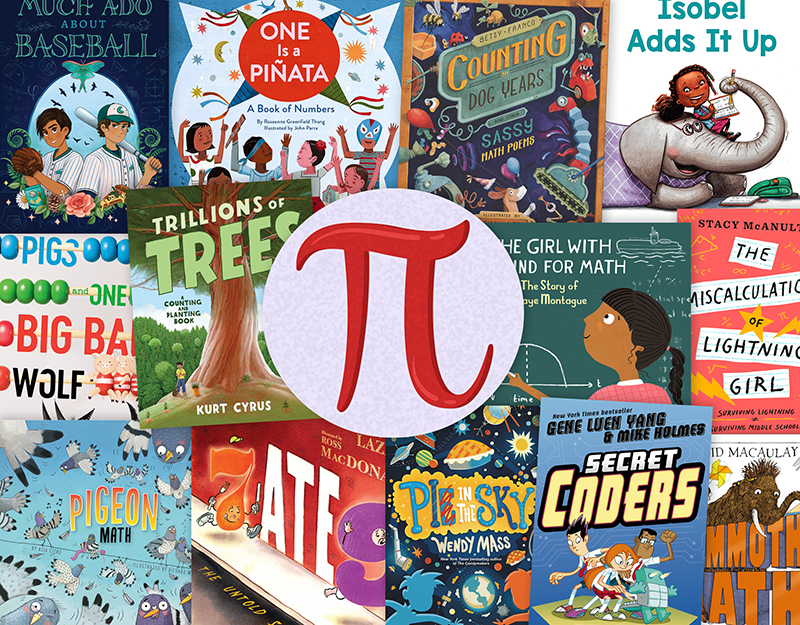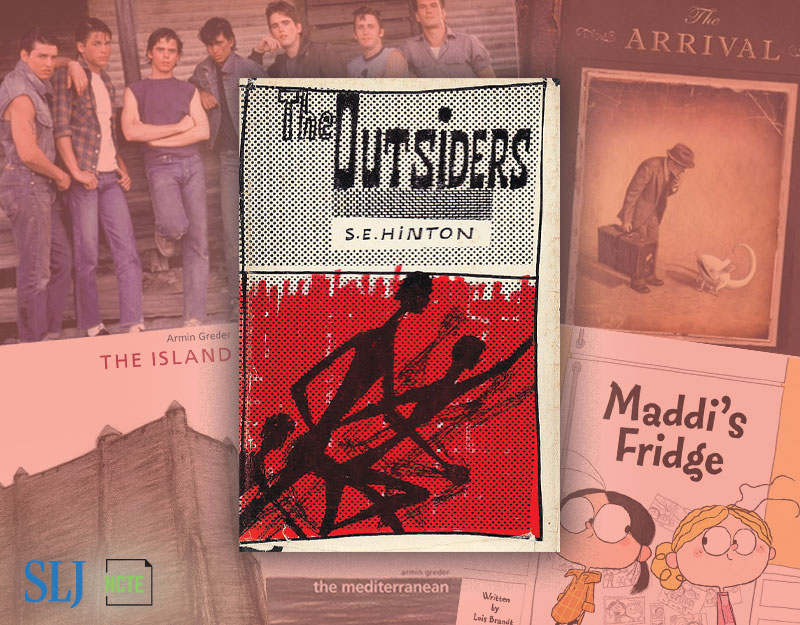Wearable Technologies Are Giving Us Superpowers—I’m Hopeful, but Also Worried; a guest post by author Elaine Kachala
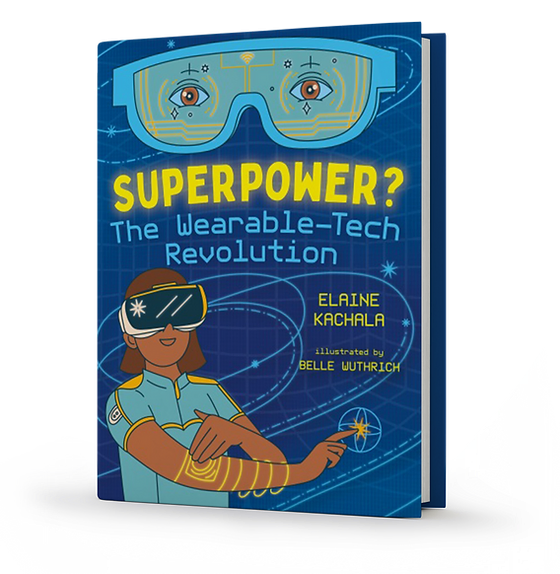
Back at university, I took a Sociology of Health and Illness course, which really hooked me and led me to a new career path. I’d worked as a medical technologist, made my way into hospital management, and considered doing a master’s in health care administration. But this sociology course started me thinking about the social, economic, and environmental issues that affect our health, well-being, and quality of life. So instead of pursuing an administration degree, I completed a master’s in environmental studies focusing on health promotion policy and planning.
I worked for government and health agencies, leading the research and writing of reports with recommendations for changes in health care and community planning to improve people’s health. Together with journalists and editorial teams, we’d talk about “our reports having legs” so they’d inspire people to make improvements. Early on, we discovered the power of stories to explain complicated topics to governments and the public instead of just laying out the facts. I find it satisfying and exciting to research a new topic, distill the information, and then write about it in a way that compels people to want to take action.
ADVERTISEMENT
ADVERTISEMENT
About six years ago, I found myself looking for a creative outlet and took up the challenge of writing for kids. I was speaking with one editor at a workshop when I found myself in a conversation about STEM/STEAM topics for middle-grade readers. I’d started down the road of writing picture books. Then, in one conversation, everything changed!
We talked about the impact of technology on people and the world and what would be the hook for this age group. I’m intrigued by STEM/STEAM topics because I have two daughters who work in these fields, and I’m always trying to understand their work. And in my job at the time, I was learning about the incredible technologies underway to improve people’s lives, especially those with disabilities.
Suddenly, many threads came together; I’d write a STEM/STEAM book for middle readers. But I didn’t want to write a book merely about technology; I was curious about the implications of technology.
Waist deep in research about fourth industrial revolution technologies (4IR) and many drafts later, I’d landed on the topic of wearables—technology that’s on, in, or attached to your body. Until now, smartwatches have been the most popular kind of wearable. But that’s changing with the next generation of devices. Our brains, skin, eyes, ears, other body parts, and clothing are becoming the new ways we connect with technology.
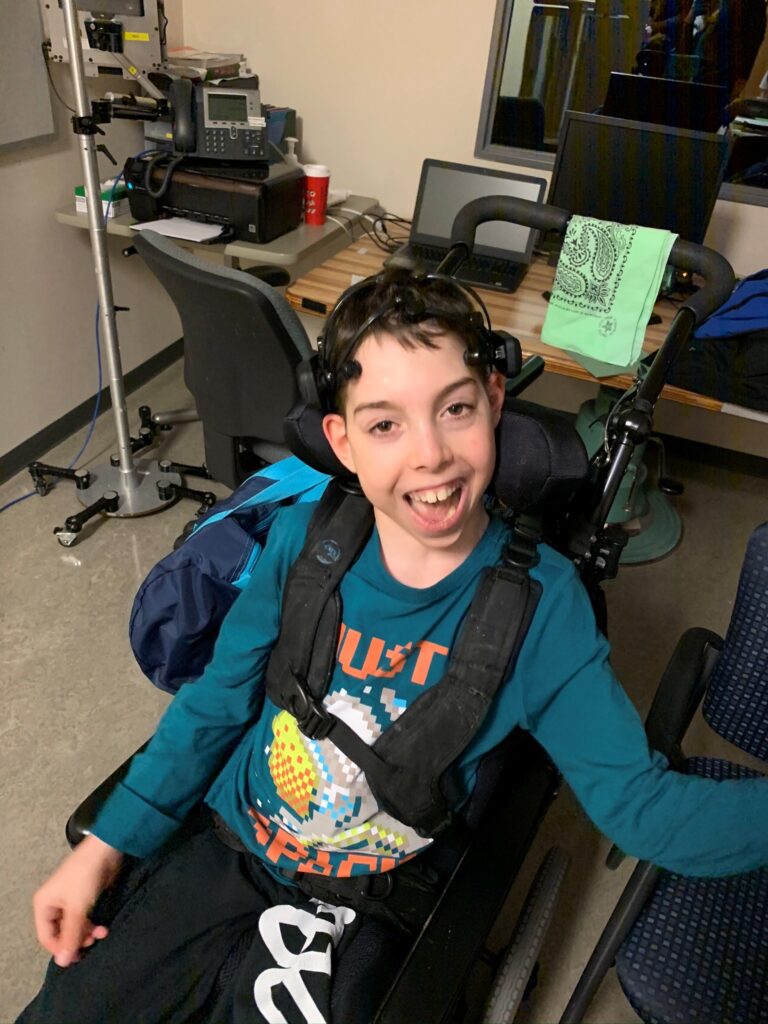
Immersive technologies like virtual reality (VR) and augmented reality (AR) offer exciting new ways to work, learn, and play. Robotic suits (exoskeletons) help soldiers and factory workers to carry heavy loads safely. And in health care, breakthrough research is happening on many fronts. For example, virtual reality (VR) reduces loneliness and improves brain health in older adults. Brain-computer interface (BCI) technology enables people with severe disabilities to move and communicate, and robotic suits allow people with disabilities to live fuller, more active, and more connected lives. The possibilities of wearables to improve our lives are limitless; these are just some examples.
All good, right? Not exactly.
As I dug further into the research, I learned about many downsides to technology and innovation. Data privacy breaches, device safety, and reliability problems were among the challenges. Even the idea that innovation can go too far, like with the metaverse or brain-computer technology that might one day be able to read our minds. Experts are warning us about dangers.
I also learned about a “move fast and break things” culture driving tech development, mainly in industry. It means innovating fast, not worrying about how tech impacts people and being a disrupter. Experts now agree that this mindset is dangerous!
Then, there’s the issue of tech inequities; what if some people have access to technology to help them and others don’t? The gap may increase as devices become smarter, faster, more precise, user-friendly, and mainstream.
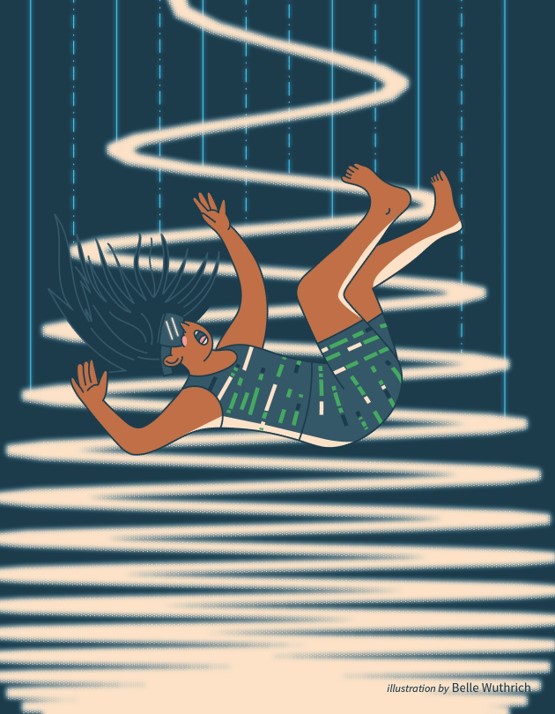
Or, what about the idea that not everyone believes we should be spending billions augmenting our minds and bodies with technology? Some people with disabilities are speaking out about this. People see disability differently; people have different abilities. And not everyone with a disability wants to be “fixed.” Many just want a working wheelchair, a job, health care, accessible spaces, and not to be poor.
And let’s not forget about who the developers are behind this technology. When teams are diverse and inclusive, we have better, safer products. But are company policies and practices mindful of this fact? And who has access to STEAM education and training? While some things are changing, there’s more to do to resolve injustices.
Enter the era of responsible design. For all of the issues raised here and more, scientists, engineers, designers, and inventors of all kinds, including young inventors, are on a responsible design mission. They’re asking how do we innovate safely, fairly, and equitably? How do we reap the benefits of wearable technology but still protect against the harms?
They’re asking, how do we innovate safely, fairly, equitably? How do we reap the benefits of wearable technology, but still protect against the harms?
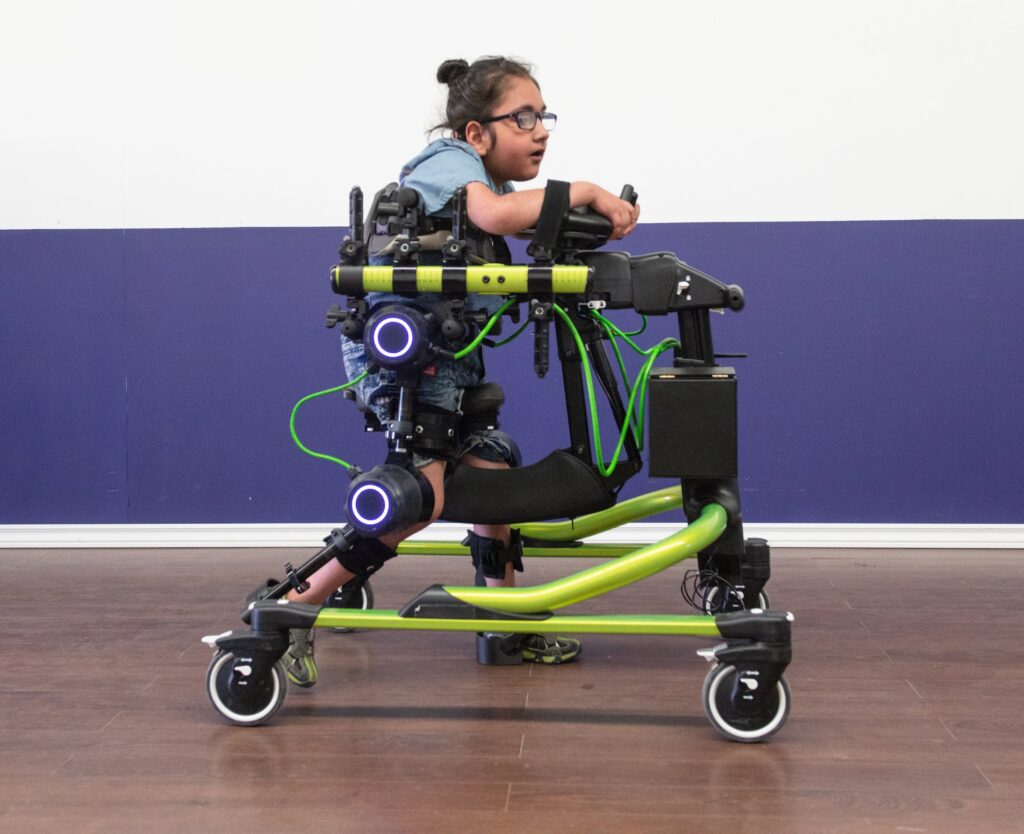
Trexo Robotics builds robotic legs to help kids with disabilities walk. In this photo, Praneit, who has cerebral palsy, is taking his first steps.
The topic of wearable technology cast a spell on me. I had to think, why was I suddenly so invested? I realized two things: That deep down, this multifaceted topic had to do with health, well-being, and equity. These issues are close to my heart and at the core of my professional work. Beyond the blow-your-socks-off cool factor, our society faces many challenges with wearables and tech innovation. I wasn’t seeing these issues reflected in books for young readers, yet kids have a significant role in helping steer the world toward a better future. That’s how the book, Superpower? The Wearable-Tech Revolution came to be!
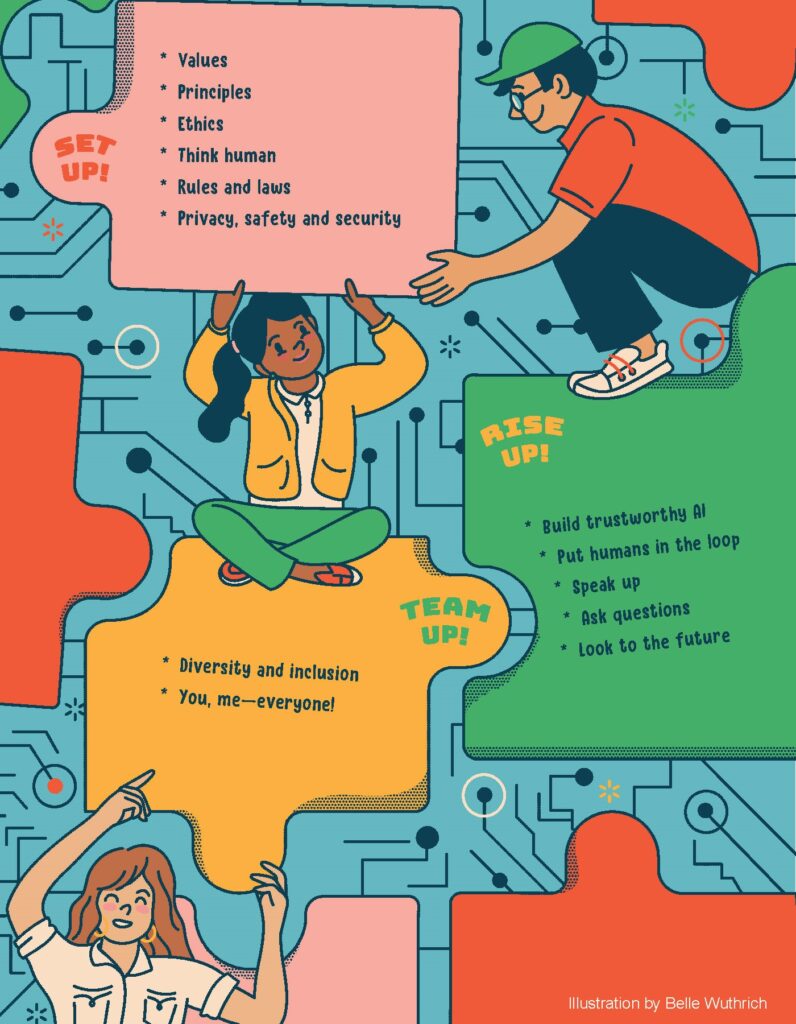
I hope that this book inspires young people to think and ask questions about the pros and cons of wearables and to consider how inventors often dream big and have a big responsibility when developing technology. They have to face the question of just because we can build this technology, should we? I also hope they’re intrigued by the young inventors in the book and that it sparks their curiosity to imagine the possibilities of wearables and inspires STEM/STEAM learning.
MEET ELAINE KACHALA

Elaine Kachala is a new voice in the Kidlit scene. Superpower? The Wearable-Tech Revolution is her first book. It will be part of Orca Book Publisher’s Orca Think, a nonfiction series for middle-grade readers introducing them to issues making world headlines. Elaine’s also a health-policy researcher, writer, and adviser. She has over 20 years of writing experience with government and health agencies. Elaine’s curious and hopeful but can’t help being a little worried about how wearables will impact our health, well-being, and equity. With degrees in psychology and sociology from the University of Toronto and a master of environmental studies from York University, she brings a unique perspective to the topic of wearable technology. Elaine lives with her family in Toronto.
Website: https://www.elainekachala.com/
Facebook: https://www.facebook.com/elainekachala
Twitter: https://twitter.com/elainekachala
Instagram: https://www.instagram.com/elainekachala/
ABOUT SUPERPOWER? THE WEARABLE-TECH REVOLUTION
Superpowers…or Super-Problems?
ADVERTISEMENT
ADVERTISEMENT
Imagine being able to run without getting tired. Or travel to the moon to look at Earth for science class. Wearable technology may soon give humans superpowers. Discover how technological innovation can help people survive, live better lives and thrive.
But what if technology helps some people but not others? What if super strength results in endless work? What if living in a virtual world affects our humanity? Can innovation go too far? Meet the inventors, designers, engineers, scientists and young people asking these questions and navigating the next tech frontier.
Superpower? The Wearable-Tech Revolution is a nonfiction middle reader for ages 9-12. Orca Book Publisher publishes it, and it’s part of Orca’s nonfiction series, Orca Think, introducing readers to issues making headlines in the world today and encouraging them to think, ask questions, connect, and take action for a better future.
The book comes with a Discussion & Activity Guide for educators, librarians, and even families who might find it helpful. The Guide is aligned to the United States’ Common Core and National Generation Science Standards. It’s a free download from Elaine Kachala’s website or from Orca Book Publishers.
“A readable guide for valuable information…Kachala presents the information skillfully for her target audience. Fun illustrations and photographs are scattered throughout the book to support the text.”
– School Library Journal
Filed under: Nonfiction, Teen Nonfiction
About Karen Jensen, MLS
Karen Jensen has been a Teen Services Librarian for almost 30 years. She created TLT in 2011 and is the co-editor of The Whole Library Handbook: Teen Services with Heather Booth (ALA Editions, 2014).
ADVERTISEMENT
ADVERTISEMENT
SLJ Blog Network
One Star Review, Guess Who? (#202)
Review of the Day: My Antarctica by G. Neri, ill. Corban Wilkin
Exclusive: Giant Magical Otters Invade New Hex Vet Graphic Novel | News
Parsing Religion in Public Schools
ADVERTISEMENT

